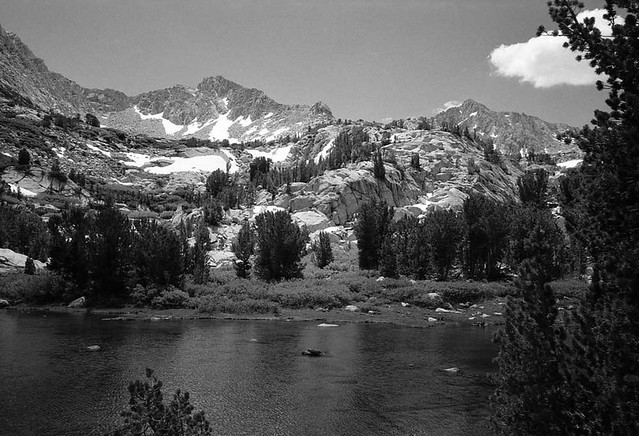Pastor Chris
Well-known
I would love to hear a few opinions for the films you folks like to use. I am currently shooting only in B&W, simply because I like the effects and I can develop it myself. I have been using Kodak T-Max and Tri-X. Please weigh in and advise.





